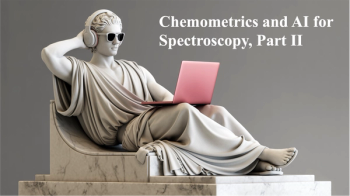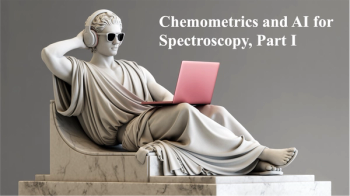
David A. Bryce Receives Two Awards at SciX 2017
David A. Bryce received the Society for Applied Spectroscopy (SAS) Barbara Stull Graduate Student Award at SciX 2017. The award recognizes a graduate student for outstanding research in spectroscopy. He also is the recipient of the 2017 Coblentz Society’s William G. Fately Student Award, which recognizes outstanding contributions to vibrational spectroscopy during a current PhD program.
David A. Bryce received the Society for Applied Spectroscopy (SAS) Barbara Stull Graduate Student Award at SciX 2017. The award recognizes a graduate student for outstanding research in spectroscopy. He also is the recipient of the 2017 Coblentz Society’s William G. Fately Student Award, which recognizes outstanding contributions to vibrational spectroscopy during a current PhD program.
Bryce is an analytical chemistry PhD candidate at the University of Utah in Salt Lake City, Utah, in Joel M. Harris’s research group. He received a B.S. degree in chemistry from Central Washington University in Ellensburg, Washington. During his undergraduate studies, he worked with Professor Dion Rivera, using attenuated total reflectance–Fourier-transform infrared (ATR–FT-IR) methods for investigating polyelectrolyte adsorption to oxide films. Before joining the Harris group, Bryce worked as a post bachelor’s research assistant at Pacific Northwest National Laboratory, developing infrared spectroscopic methodology for in situ study of the partitioning of contaminants between water and supercritical carbon dioxide. He is currently the SAS student representative.
Bryce’s work in the Harris research group has focused on developing and using confocal Raman microscopy methods for analysis carried out within individual chromatographic particles. More recent work has focused on the preparation and characterization of supported phospholipid bilayers throughout the pore network of chromatographic silica particles, and use of these pore-confined bilayers for label-free confocal Raman microscopy experiments to detect membrane partitioning of small molecules, specific protein binding to membrane localized ligands, and detection of signaling peptide accumulation. This work provides both quantitative and structural information about these molecular interactions with phospholipid membranes.
Newsletter
Get essential updates on the latest spectroscopy technologies, regulatory standards, and best practices—subscribe today to Spectroscopy.





